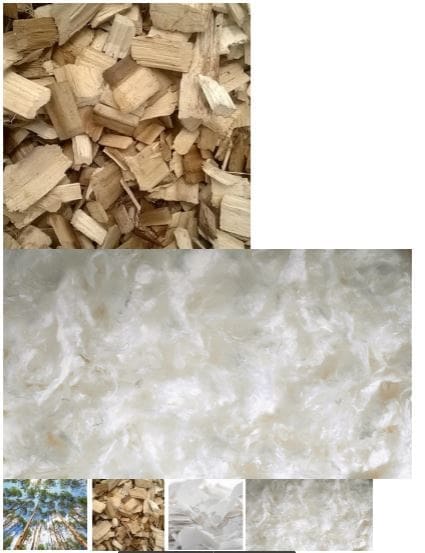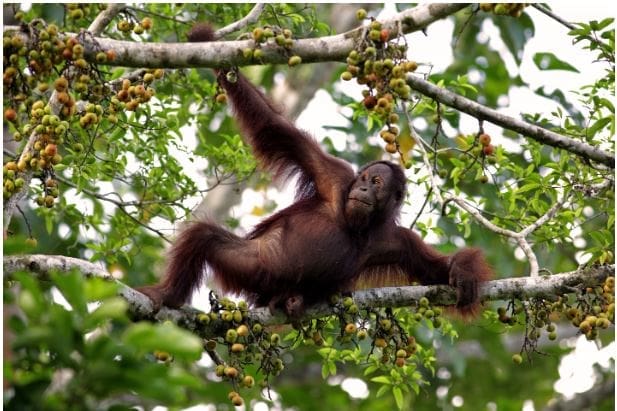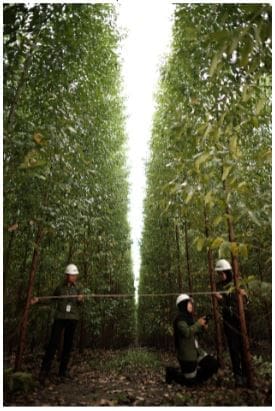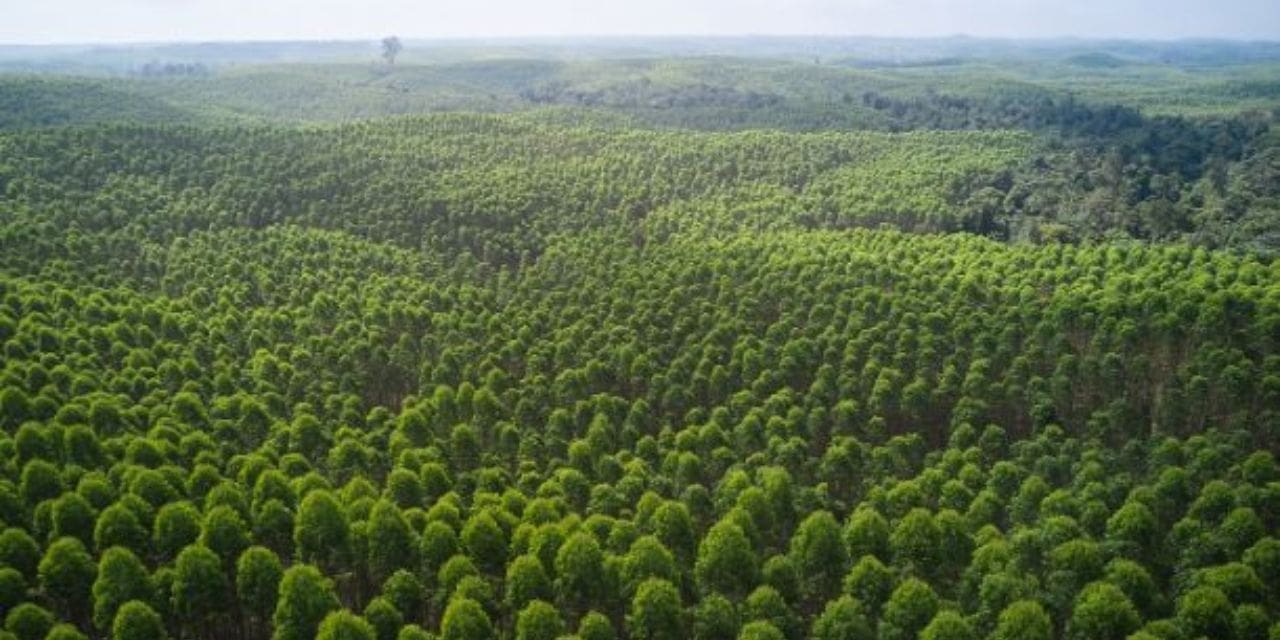Fashion is one of the largest industries in the world, pulling in trillions of dollars in revenue annually. It’s no secret that the fashion industry’s practices greatly impact communities, natural resources, and the climate. With increasing pressure from consumers driven by intensifying climate change effects, reduced energy supply, rising costs, and the Covid-19 pandemic, many players in the fashion industry are rapidly shifting towards a greener, more socially accountable approach.
Environmental and social impact have become a crucial benchmark for assessing company practices, influencing governance & policy strategies, & even financial decision making. Companies that adopt a sustainable business model from design to sourcing, production, & communication gain market growth, positive media attention, & stakeholder trust. On the other hand, unsustainable practices not only pose financial risks and jeopardise investor confidence but also threaten market share in the long term.

One part of the industry that is a particular focus for transformation is the manufacturing process
and the use of materials sourced from forests. Forest-based products include natural rubber for
shoe soles, paper and packaging, garment tags, retail paper bags, and even the fibre used to make clothes – Man-Made Cellulosic Fibres (MMCF) in particular. MMCF has the third largest share in global fibre production after polyester and cotton. In 2021, MMCFs accounted for 6.4% of the total fibre market 1 , produced primarily from wood transformed into dissolving wood pulp (DWP) before being processed into various types of MMCF, such as viscose, modal, lyocell, or acetate.
MMCFs are considered a sustainable material choice due to their circularity and the renewable
feedstock derived from trees. But to understand MMCFs and how they could be made sustainable, it’s first important to understand where they come from.
Starting from the Source
Dissolving Wood Pulp (DWP) serves as a crucial raw material in the production of MMCFs and
the five largest dissolving wood pulp (DWP) producers are China, the USA, South Africa, Canada, and Indonesia. They contribute to nearly 60% of global DWP volume.

Credit Lenzing

Credit Suryawan
Where exactly DWP is sourced from depends on the country. Plantation forests play a significant role in DWP sourcing in South Africa, Indonesia, and Brazil, comprising 7.4%, 4.9%, and 2.3% of the respective countries' forests. In Europe, where semi-natural forests are prevalent, DWP primarily originates from these forests. In North America, naturally regenerated forests dominate, accounting for 94.8% in Canada and 91.1% in the USA 2 . In China, approximately 20% of forests are plantations, while 61% are naturally regenerating forests 3 .
Understanding Risks to Forest Biodiversity
Since the sustainable production of MMCFs begins in the forest, it is crucial for brands to understand the potential risks to forests and take proactive measures to manage and mitigate
these risks.
Forests are home to more than 80% of all terrestrial species of animals, plants, and insects, and
are carbon sinks helping to mitigate climate change effects by removing CO2 from the atmosphere and sequestering carbon in trees and soil. They play a crucial role in climate-related risks like extreme weather, wildfire and pest outbreaks by regulating water flows, protecting local communities from extreme weather events, and offering resilient habitats to animal species, but only if they are managed responsibly.
Unsustainable forest management practices, overexploiting forests and timber harvesting at levels that exceed forests’ capacity to sequester carbon cause significant environmental degradation. This is why it is essential to initiate a sustainable forest management strategy aimed at maintaining or increasing forest carbon stocks while producing an annual sustained yield of timber, fibre or energy from the forest.
How Certification Requirements Help
PEFC provides valuable support in mitigating these risks through its rigorous requirements for
sustainable forest management. These requirements, encompassed within global and many national standards, ensure that forest operators adhere to robust practices that promote environmental and social responsibility. By understanding and implementing these standards,
organisations can effectively address potential risks and contribute to the overall sustainability of
forest ecosystems.
The PEFC standard requires forest management to maintain or increase forests and their ecosystem services as well as economic, ecological, cultural, and social forest values. It requires degraded forest ecosystems to be rehabilitated as far as economically feasible and adequate genetic, species and structural diversity encouraged, and forest management planning shall aim to respect all socio-economic forest functions. It also obliges forests to maintain or enhance their potential role in erosion control, flood prevention, and other regulating or supporting ecosystem services.
How Plantation Owners are Incorporating Sustainable Forest Management Asia Pacific Rayon
Asia Pacific Rayon (APR) is emerging as a dynamic player in the realm of viscose rayon
production in Asia, sourcing material from Asia Pacific Resources International Limited (APRIL)
in Indonesia. What sets them apart? All of APRIL's plantations fall under the canopy of PEFC
SFM (sustainable forest management) certification, ensuring a commitment to traceable raw
materials. As of December 2022, APRIL is managing a whopping 361,231 hectares of natural
forest and wetland areas. Of this area, it restores and protects 150,693 hectares managed
under the Restorasi Ekosistem Riau (RER) project, with the remainder being the conservation
forest within the operational concession areas of APRIL.

Credit APR
“There is global awareness on the impacts of microplastic pollution, and consumers want sustainable fashion more than ever. Our sustainable, bio-based viscose fibre is one of the solutions to prevent further impacts of non-biodegradable material that leaks into our oceans,” said Basrie Kamba, President Director Asia Pacific Rayon.
“Our fibres are biodegradable, the microfibres that shed into the water system during washing will biodegrade and have no known negative impacts on marine life,” he added.
Sappi
A leading global distributor of both raw materials and a variety of textiles made from wood fibre-
base, Sappi takes a strong stance on certified sustainability. Their emphasis on technological innovation is accompanied by a focus on certifications to ensure that their supply chain and operations meet global best practices for the environment.

Credit Lenzing
Duane Roothman the Sappi Forests Vice President said, “We practise and promote sustainable
forestry because it ensures clean air and water, protects biodiversity, and defends against
climate change, amongst many other critical benefits. Forest certification validates our forest
management practices and those of our suppliers in the well-managed forests and plantations
from which we source woodfibre. We strive to continually increase the share of certified
woodfibre supplied to our mills.” 4
While their own plantations are awarded the PEFC forest management certificate, Sappi is also
actively advocating for a fully transparent supply chain. To encourage their partner suppliers,
the company is developing a supplier sustainability awards program to recognize those who are
leading the way.
A Guide to Incorporating Sustainability into Sourcing
The PEFC positions itself as a strategic ally for progressive businesses looking for concrete
steps to elevate their sustainability efforts into real-world impact. A recent white paper by PEFC
on forest-positive MMCF sourcing looks into the potential risks that are impacting forests. 5 The
paper explores how sustainable forest management requirements address and mitigate these
risks and provides detailed sourcing strategies for fashion retailers.

Suggestions for fashion brands range from ensuring certified materials sourcing as a policy to
how they can support their suppliers to succeed in the mission.
“PEFC’s white paper is addressing the urgent need for responsible sourcing practices in the
fashion industry,” said Julia Kozlik, Textile Program Lead at PEFC International. “By leveraging the knowledge shared in this paper, fashion brands and retailers can make informed decisions, support sustainable forest management, and preserve biodiversity.”

With only 13% of forests globally being managed sustainably for industry there is certainly room
for improvement. As more fashion companies source materials from sustainable forests, traceability and knowing where source material comes from is key to holding the supply chain
accountable, an increasingly vocal demand that is coming from consumers today.

